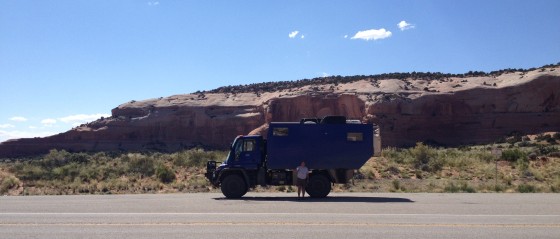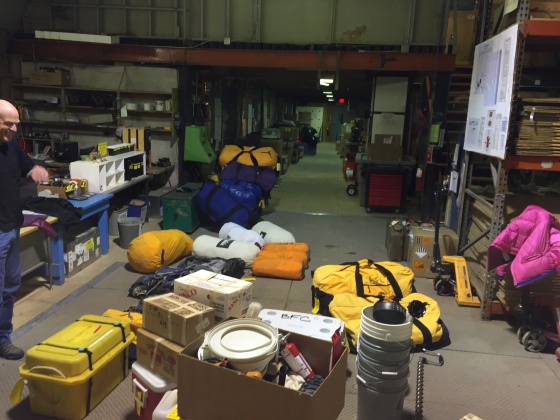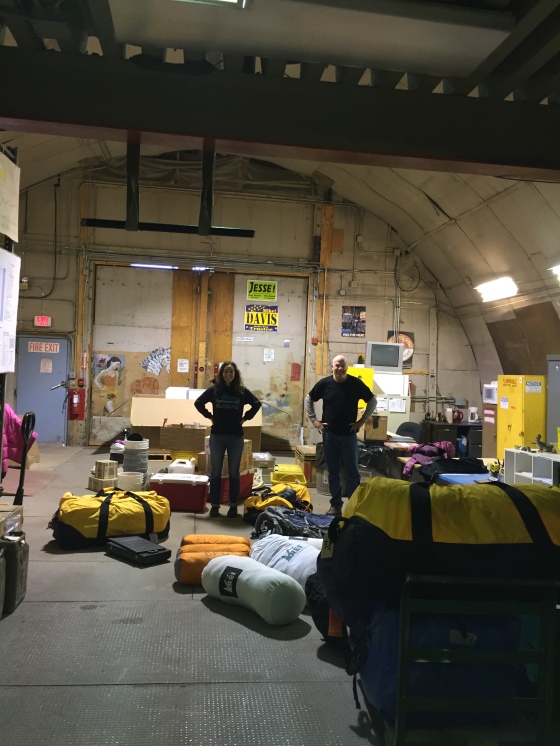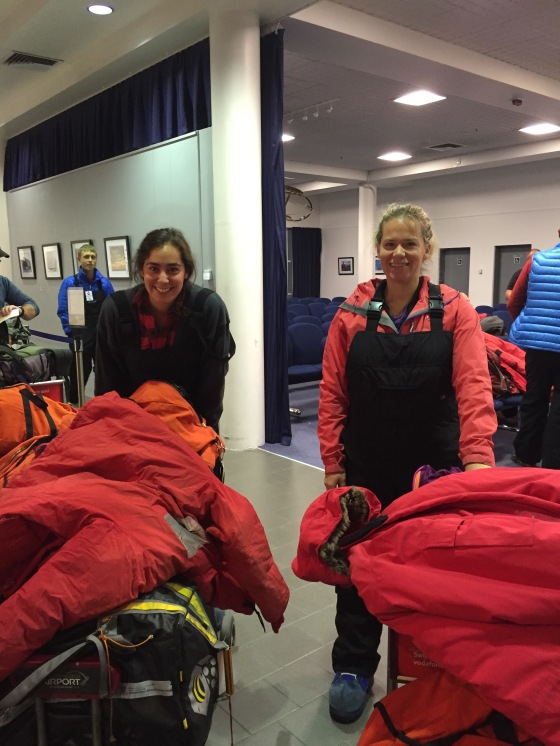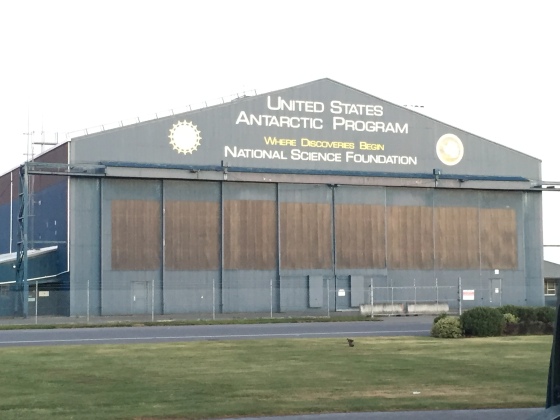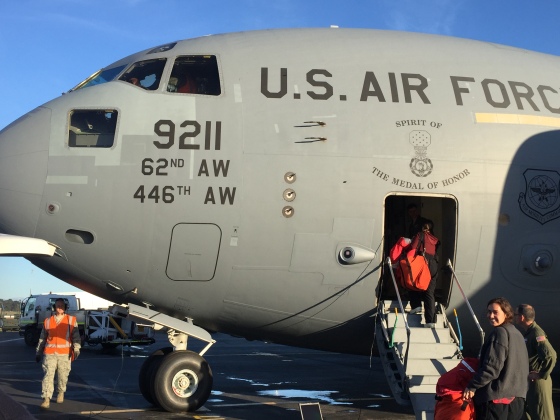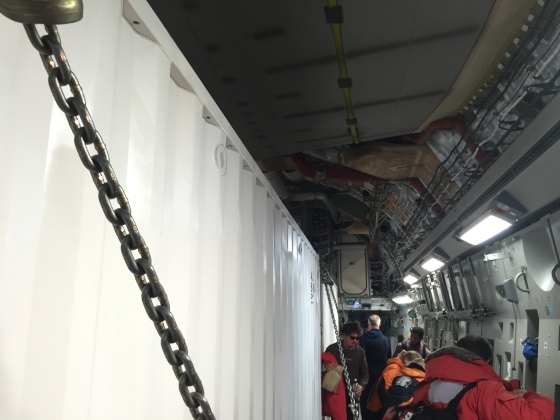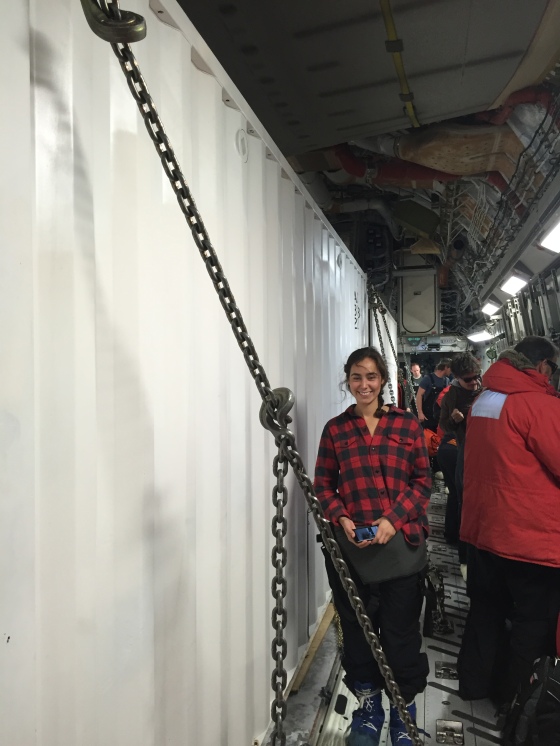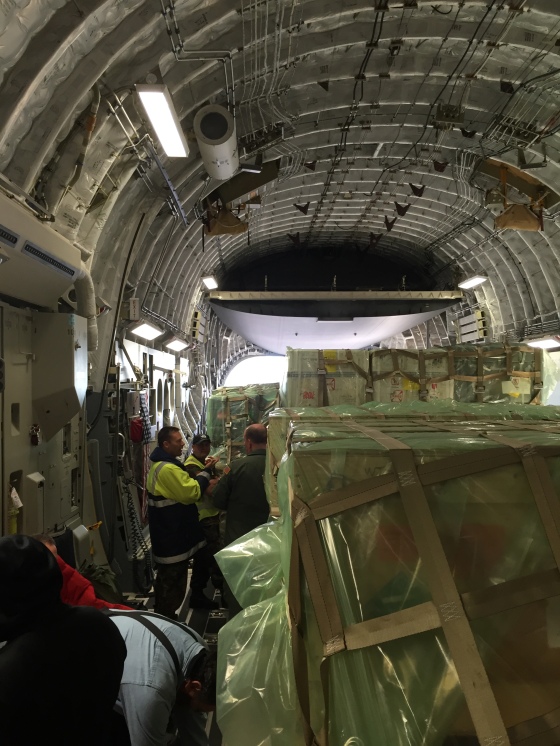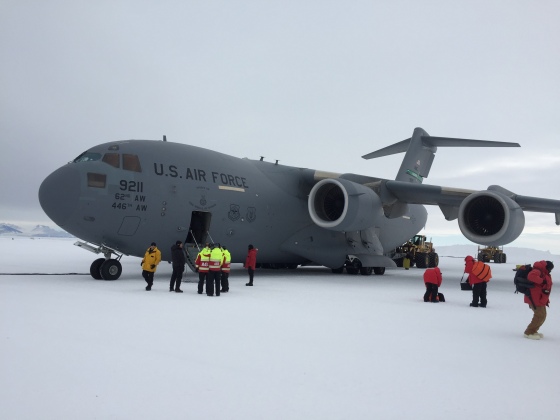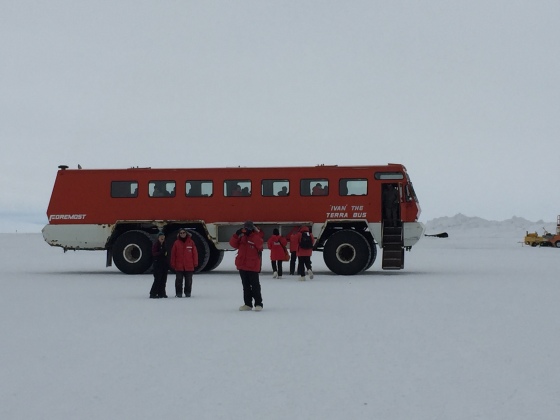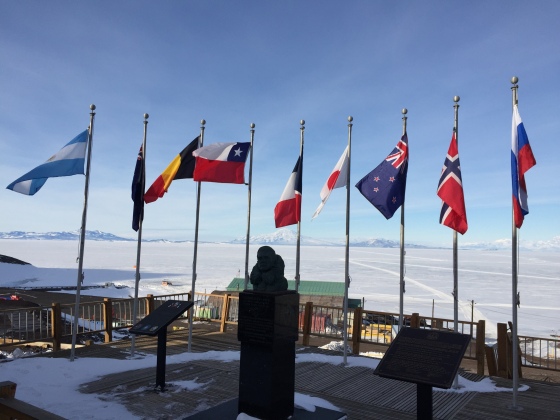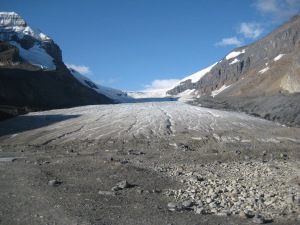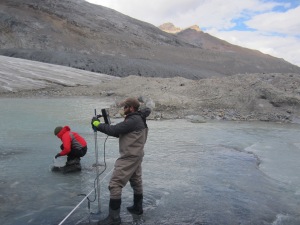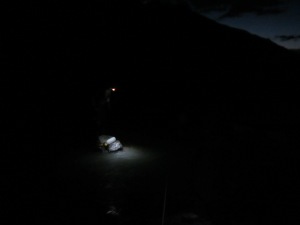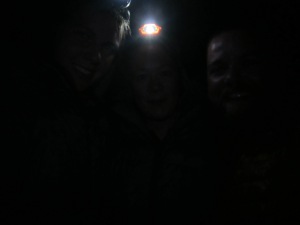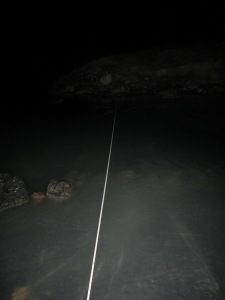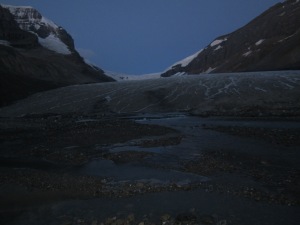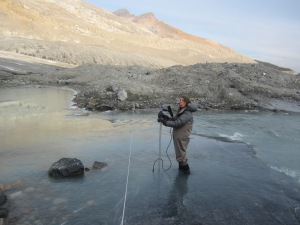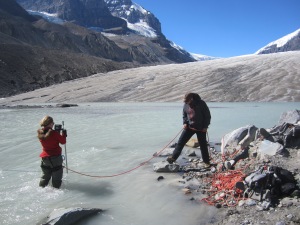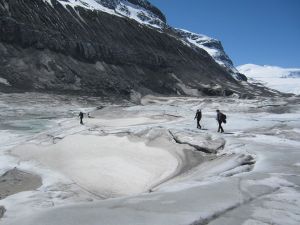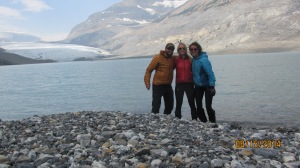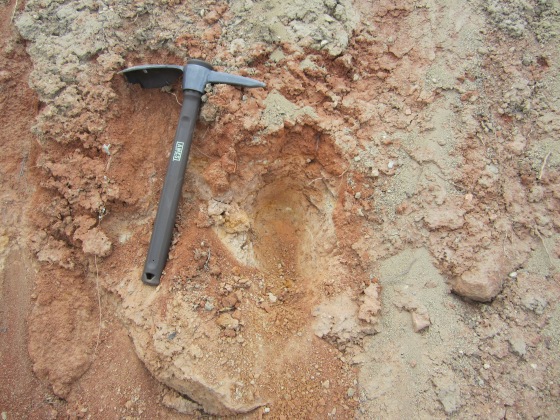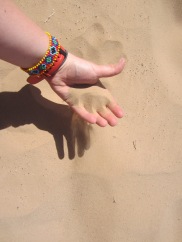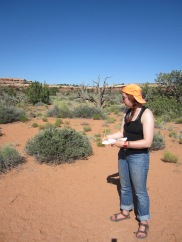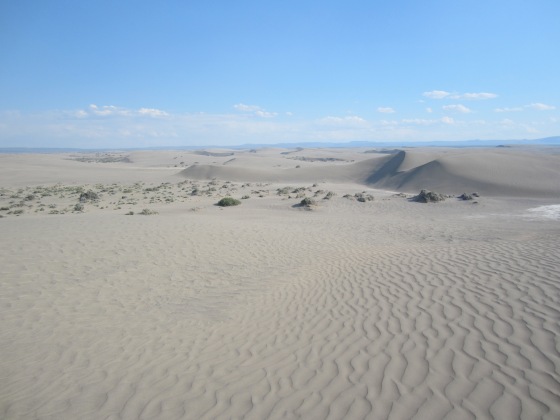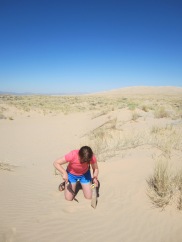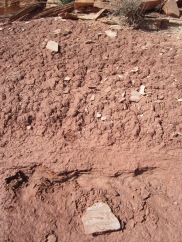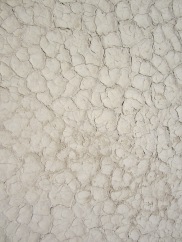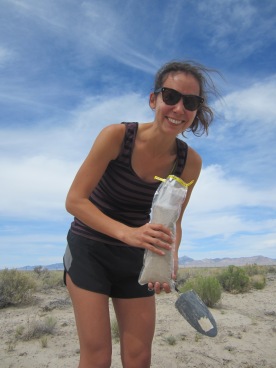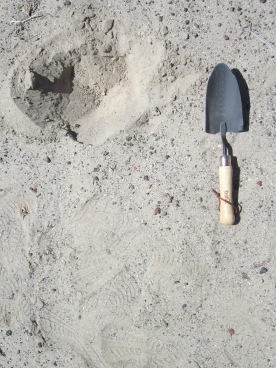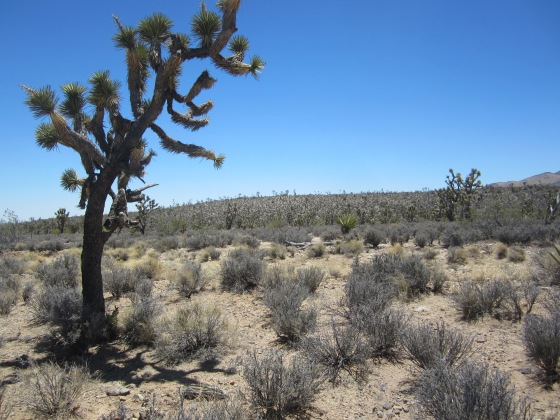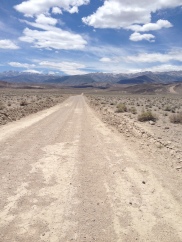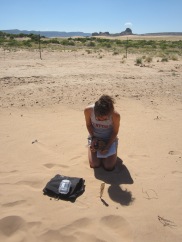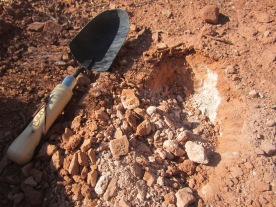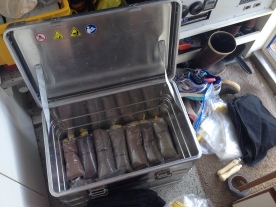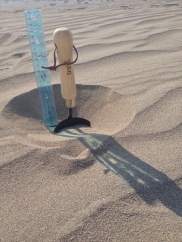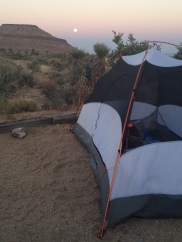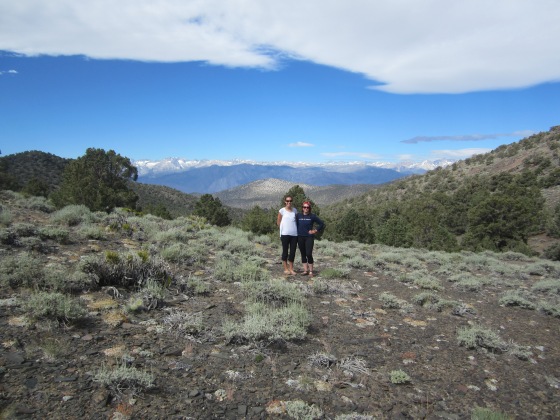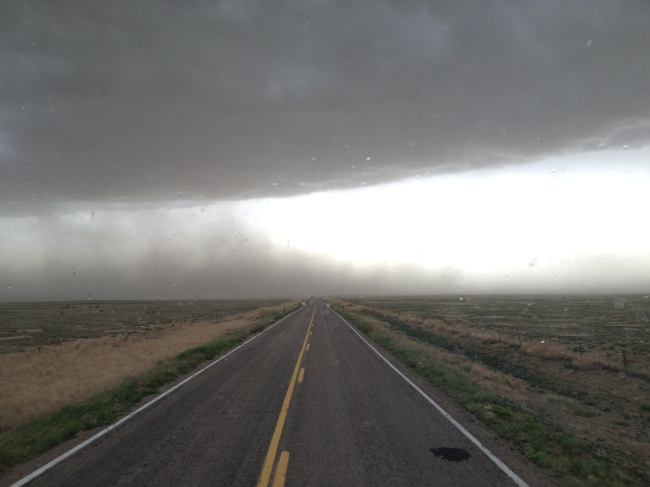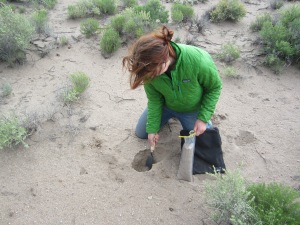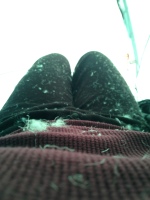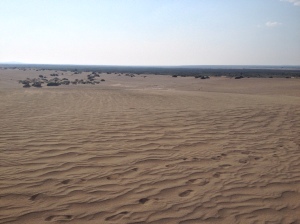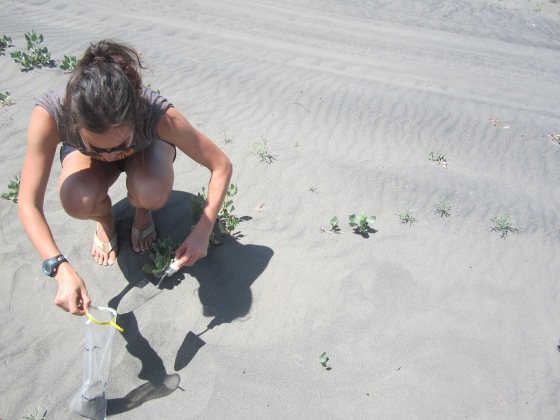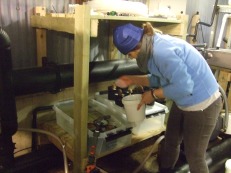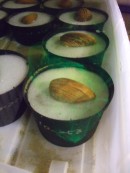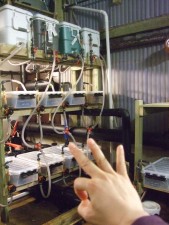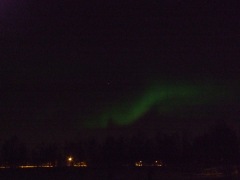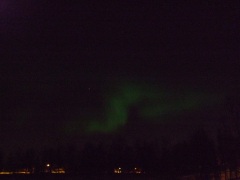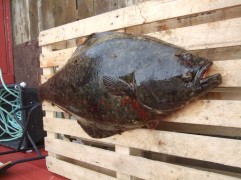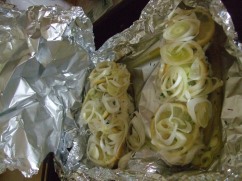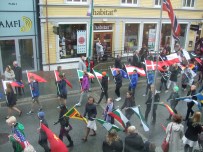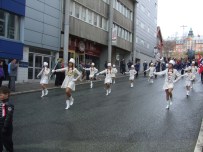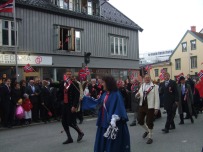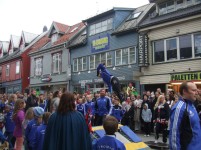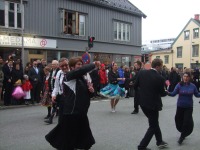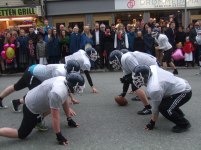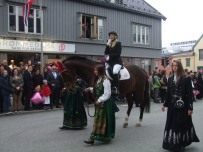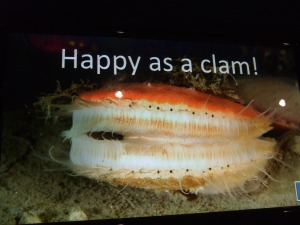We couldn’t have said it better than a local cowboy who stopped to give us his scientific opinion while we collected material from the cattle-spotted ranchland of northeastern Utah’s Green River Basin—“Well, I’ll tell ya, when it’s dusty, it’s dusty.” Way to hit the nail on the head, huh? Sure enough, we’ve spent the last three weeks shaking dust from our shoes, wiping it out of our eyes, blowing it from our noses. We’ve navigated many of the most arid places in the country, starting off just above sea level, eventually reaching elevations as great as 10,000 feet. Hard to believe we’re all done—for now, at least!
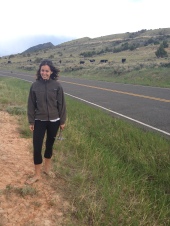 Along this dusty road, we’ve encountered a truly astonishing number of landscapes; each and every evening we pitched our tents, we did so in a totally different setting than the one in which we’d made breakfast. For instance, after we sampled the Green River Basin, we set up camp in Ashley National Forest near the Sheep Creek Geological Area, a place surrounded by enormous, rocky, red and yellow cliffs, thick with quaking aspen, ponderosa, juniper, and lodgepole pines. We watched pronghorns skip across distant ridges, and that night, made sure to watch out for bears, too.
Along this dusty road, we’ve encountered a truly astonishing number of landscapes; each and every evening we pitched our tents, we did so in a totally different setting than the one in which we’d made breakfast. For instance, after we sampled the Green River Basin, we set up camp in Ashley National Forest near the Sheep Creek Geological Area, a place surrounded by enormous, rocky, red and yellow cliffs, thick with quaking aspen, ponderosa, juniper, and lodgepole pines. We watched pronghorns skip across distant ridges, and that night, made sure to watch out for bears, too.
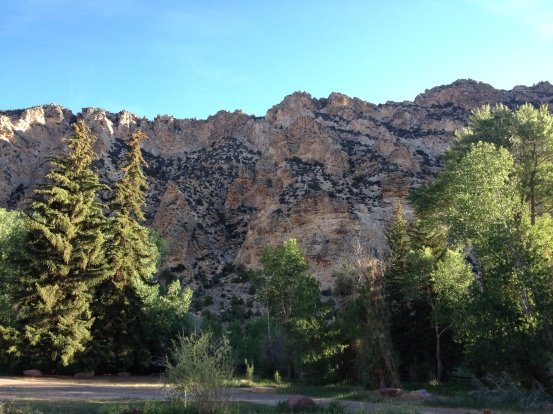
Bright and early the next morning, we set out towards Moab. The drive from northern to southern Utah was full of beautiful, winding roads and spectacular colors, although Sarah and I weren’t really keen on the heat! Still, we were excited about visiting Arches and Canyonlands, as well as the fact that despite the long drive, we were able to cover three sample sites, and manage to snag the last camping spot in the whole park. A successful day indeed!

The formations of Canyonlands and Arches speak to the powerful force of wind in the evolution of landscapes. The salmon-colored Entrada sandstone, where most of the arches occur, was deposited around 200 million years ago. Over time, water and ice infiltrated the surface cracks of the sandstone layers, breaking off bits and pieces of rock. The holes formed from the cracking continued to be attacked by wind and water, forming arches. While many of these arches gave out long ago, the loose particles left behind carried away by the wind, the most resistant sandstone became the famous arches we see today.

We drove through thunderstorms, sunshine, across deserts and mountains, past rivers, lakes, and hot springs. Colors, plants, animals and temperatures—they all varied. These are just two of the amazing places we saw during our collection campaign.
Although we have collected our final sample and the Unimog is headed back up to Alaska, there are still many observations, photos, and stories left to share. Plus, our great American dust quest will resume later on in July when we travel by horse to the Upper Fremont glacier in Wyoming’s Wind River Range. Until then, keep on our your toes for my next update, with photos from our drive across tornado territory and a crazy Colorado dust storm.
